Hello readers! Today’s piece is about our never-ending search for authenticity: online and within ourselves. As we close out a year in which everyone and their dog abandoned social media, it also serves as a quiet ode to the OG Instagram filter. Enjoy :)
Good morning, earthlings.
I recently returned to one of my favorite tech books of all time: Brian Christian's The Most Human Human. The book follows the author as he prepares to compete in the Loebner Prize: an annual competition in which AI chatbots are judged to determine which is the most “human-like.” Judges engage in a series of blind conversations with both AI programs and real human interlocutors, unaware of who is man and who is machine. The individual scores are tallied and the most human chatbot is awarded the Loebner Prize. Strangely, though, a second award is also given: to the highest-scoring interlocutor. The person the judges scored to be the most human human.
The premise is fascinating, and full of existential quandaries. Christian, a poet, sets out to achieve the award, embarking on a quest to uncover the ingredients of human authenticity. Published in 2011, the book feels all the more relevant in 2024 amid debates around AI-generated art and the legal right to one’s own likeness. In an algorithmically mediated world, how do we maintain our authentic human selves? Christian begins with a stirring observation: Humanity is being eaten from both sides.
On the first side is nature. Humans have gone to great lengths to distinguish ourselves from the rest of Earth's creatures, in an attempt to define our role in the universe. Animals exhibit certain forms of cleverness, sure, but the intelligence of man remains far superior. Quantitatively and qualitatively richer, it allows for all kinds of uniquely ingenious behavior: tool use, language, symbolic thought, self-reflection, complex teamwork, agriculture, poetry. These are the realms where humans excel.
The animals other than man live by appearances and memories, and have but little of connected experience; but the human race lives also by art and reasonings."
- Aristotle, Metaphysics
Brian Christian argues that this claim is rapidly eroding. Recent science has shown that crows craft their own tools, sperm whales have an alphabet, damselfish farm algae, and ants practice medicine. Elephants perform funeral rituals, and hell, even the plants are talking these days. The earth shimmers with all manner of intelligent lifeforms, and the unique aspects of our own giftedness are increasingly called into question. Perhaps we were never really God's favorite student.
The realm of the human seems to be shrinking, but just as we attempt to shore up its boundaries, we are encroached from the other side by a product of our own creation. Built to augment our powers of reasoning, artificial intelligence now threatens to undermine our human sense of self by simply outperforming us. And not just in mere computation—in art and poetry as well. It would seem that after centuries of extricating ourselves from the rest of nature—building our staircase toward human ascendancy—we will spend the next few centuries distancing ourselves from the inauthenticity of its power. As Brian Christian puts it, "We have pinned ourselves between meat and math."
Today’s piece explores our search for the authentically human, and our weird impulse to run away from it once we find it.
#NoFilter and The Art of Embellishment
A few weeks ago, while on my way to an Ina Garten-themed dinner party, I received an Instagram notification so bewildering that I nearly dropped my Old-Fashioned Apple Crisp onto the floor of Ibraham’s (4.83 ★) black Toyota Corolla.
A gentleman suitor had liked one of my selfies—a common enough occurrence in the age of online dating. Only this selfie was from 2014 AD. Barack Hussein Obama was still president, and all over the earth, people were doing the Ice Bucket Challenge.
I flipped to my grid, astonished by his archeological persistence. I scrolled through some photos of my garden and past last year’s vacation pics, quickening my thumb until the faces were all wearing masks. I kept swiping, past a road trip to Santa Fe and through a large collection of grad school drawings that got quickly and progressively worse. I watched myself shed a few forehead wrinkles and unlearn how to properly edit photos. I hurried past some cringey thirst traps, pausing at a picture of my mom and me in Chicago. God, we look young.
After speed swiping through over a decade of my life, I slammed into the bottom my grid, bouncing up slightly until—there.
The photo in question—one of me, age 22, eating an apple cider donut in a V-neck and a beanie—is a perfect representation of the aesthetic of that era. The image is gauzy and diffuse, smeared with Vaseline and unearned nostalgia. Despite its digital origin, it looks yellow and faded, manipulated to resemble an old Kodachrome print. While it was clearly a fake in 2014, today the photo reads authentically vintage.
The early 2010s were the height of the Instagram filter. Cellphone cameras were still kind of shitty when Instagram launched in 2010, so the company worked with photographer Cole Rise to develop a set of “filters” that would expedite the photo editing process and work with the phone camera’s limitations. These early filters, which drew from Cole’s unique style of digital color correction, became wildly popular for their artsy, dream-like quality. Heavily edited posts became the norm on social media, and the memories of a generation were suffused with on-demand nostalgia. At some point, life online started looking really good. Or at least, everyone else’s life.
The mental health effects took hold, and users began labeling posts with the hashtag #NoFilter—a reaction to the hyper-curation of life online and a rebuttal of its perceived artificiality. While I tend to side with the Luddites on most things, I remember finding this trend kind of annoying. It seemed to exaggerate the moral stakes of what I considered to be a silly artistic flourish. Instagram was meant to be a diary, after all—not an evidence locker. The filters allowed me to capture not just the moment, but the feeling of it, too. It’s warmth or wonder. It’s residual glow. A feeling that, if genuinely expressed, might persist for decades, conjuring fond memories, and eventually inspiring an emboldened stranger to engage in a flirtatious tit-for-tat.
Either way, the battle of the filters was lost.
#NoFilter’s moral posturing over basic color correction feels incredibly quaint in the era of TikTok beauty filters and AI-generated deepfakes. Perhaps folks were right to raise the alarm. At some point, our manipulation of reality shifted from style to content, and the results have been politically and culturally devastating. But in my eyes, it was never the filters’ fault.
My issue with the #NoFilter movement is that it perpetuated a false premise about technology. It unwittingly inflated the objective capacity of the camera, framing any embellishment of the human experience as a kind of tarnish, and delegating the authentic depiction of reality onto the phone itself. The human impulse to narrativize and aggrandize one’s life was met with great suspicion, and the platform suddenly became about delivering a more restricted kind of “truth”. It didn’t seem to recognize that the more a technology advances, the better it becomes at lying.
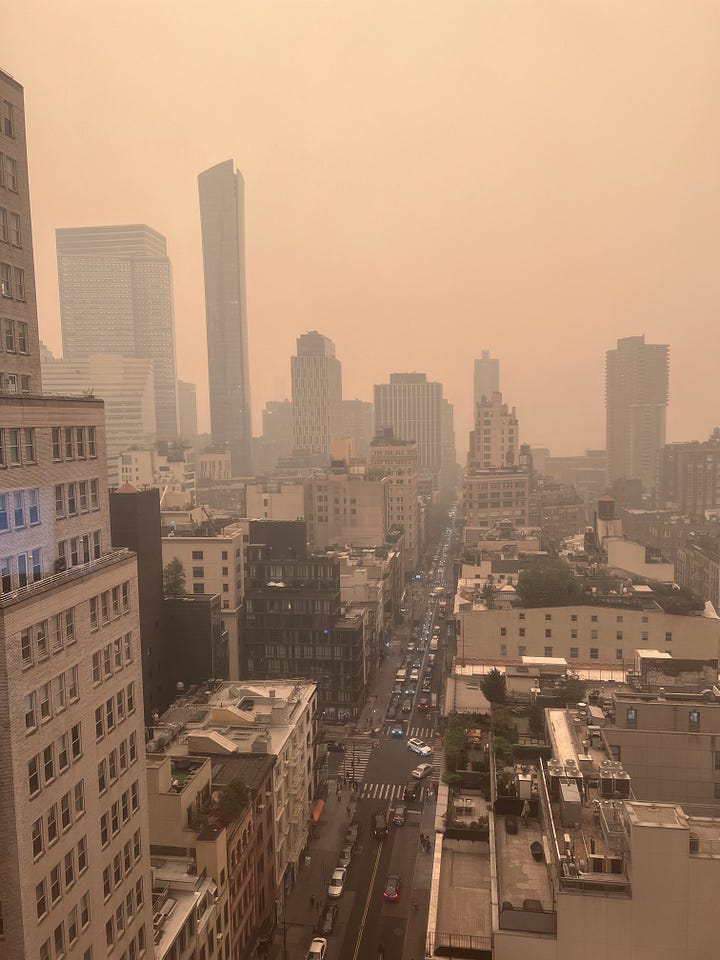
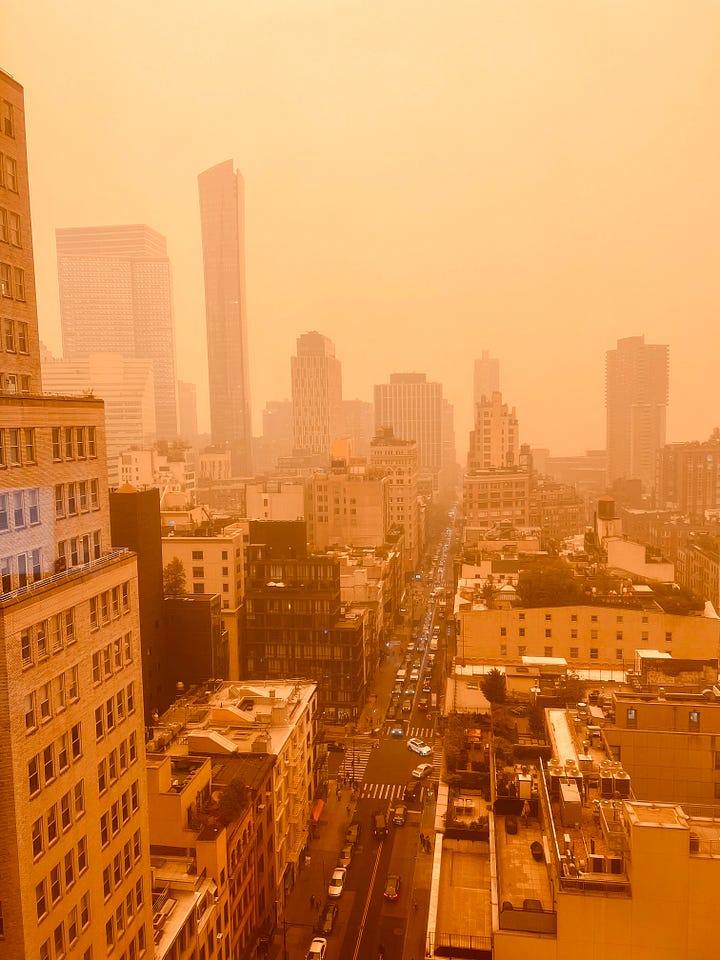
When last year’s Canadian wildfires plunged New York City into an alarming orange haze, my iPhone’s white balance over-corrected the scene, rendering the sky a dull gray and grossly downplaying the urgency of the moment. iPhone users across the city experienced the same collective horror: The world was on fire, and our phones were hiding the truth.
The Prism and the Picturesque
Debates about the representation of reality go back for centuries. In the late 1700s, the ancestors of the #NoFilter brigade were busy decrying the popularity of Claude glasses—often referred to as the “original Instagram filters”—for sullying the raw beauty of nature with a mawkish, human veneer.
Claude glasses were small, black-tinted mirrors, convex in shape and named after the French landscape painter Claude Lorrain, whose hazy arcadian portraits, typically bathed in diffused yellow light, defined the Picturesque aesthetic of the time. Early European tourists used the devices to emulate Lorrain’s vision on their journeys, gathering the raw elements of the landscape into a neat frame, flattening its harsh tones, and suffusing the scene with painterly charm.
Like a selfie-stick at the Grand Canyon, young tourists would turn their back to the scene they had spent weeks traveling to, marveling instead at the image manifested in their “black mirrors”. The poet Thomas Gray, writing in 1775, reported tripping over backwards on a visit to the Lake District, breaking his knuckles but keeping his Claude glass in hand. Two hundred and fifty years later, and we’re still falling off ledges, our devices clutched tight.

It is easy to lower the tone of the picture by washing it over with gray or brown; and easy to see the effect of the landscape, when its colors are thus universally polluted with black, by using the black convex mirror, one of the most pestilent inventions for falsifying Nature and degrading art which was ever put into an artist’s hand.
- John Ruskin, “Elements of Drawing”
Despite their detractors, I find myself wanting to defend the use of these stupid little mirrors. I would argue that Claude glasses, and the Instagram filters that followed, offer an endearing insight into the human spirit. Both filters point toward an innate desire to render the world not simply through the lens of the eye, but through the prism of the soul. They’re not meant to hide or obfuscate reality, I don’t think, but to bend its light to reveal a more expansive truth. To show that our realities are perpetually colored by an inner world of desire, aspiration, strife, and sorrow. Authenticity, it would seem, is about more than what the camera can see.
While the Mirror is Sleeping
Perhaps I’m being overly romantic here. Okay?! Sue me! I’m human for God’s sake. Isn’t this what we’re supposed to do?
As artificial intelligence continues to outperform us, society is once again reformulating human identity, shifting it away from our more left-brain faculties—reasoning, logic, computation, language—and refocusing its true essence around our gooier talents: those of intuition, emotion, sensation, and art. Having delegated too much of the truth to machines lately, we are reinvesting in a world filtered through the lens of human experience. A machine can conjure sentences, but only the soul can conjure poetry.
While this definition of the human feels somewhat reassuring, recent debates about AI-generated art signal an ominous knock at the door. A recent "Turing test for AI art" developed by Astral Codex Ten revealed that, not only do people struggle to differentiate between human vs. AI-generated art, but people tend to slightly prefer the images made by artificial intelligence. AI music generators like Suno are now being used to create soaring guitar solos, or to complete the unfinished works of Beethoven. What would it mean to transition to a world where our most moving artworks—novels, paintings, and symphonies, once forged through the toil of the human spirit—were instead churned out by a set of fancy equations? Even when the art is genuinely moving (and unfortunately, it can be), there is a profound unease that something sacred is being lost. Shannon Vallor likens AI to a mirror: replicating the human image, but void of its depth or warmth.
In The Most Human Human, Brian Christian dwells on a quote from Nietzsche that basically says: the best way to be oneself is to be one self. Any self. While AI derives its power from the aggregation of all manner of human cultural production, humans derive their power from the steady, evolving expression of a singular point of view. Nietzsche compares individuals to works of art, noting that human authenticity blossoms through the constraints of a single life, unfurling to reveal the unique style and continuity of one’s character. Nietzsche scholar Babette E. Babich refers to this as concinnity—the skillful and harmonious arrangement of our various facets, carved and sculpted by the currents of our lives. Originality doesn’t emerge through the interpolation of the everybody, but through the tiny, infinite refractions spilling out from each and every somebody. The moments of our lives, lovingly arranged in scrapbooks and Instagram grids, are colored by the patina of our connected experiences. It is from this wholly human provenance that true art emerges.





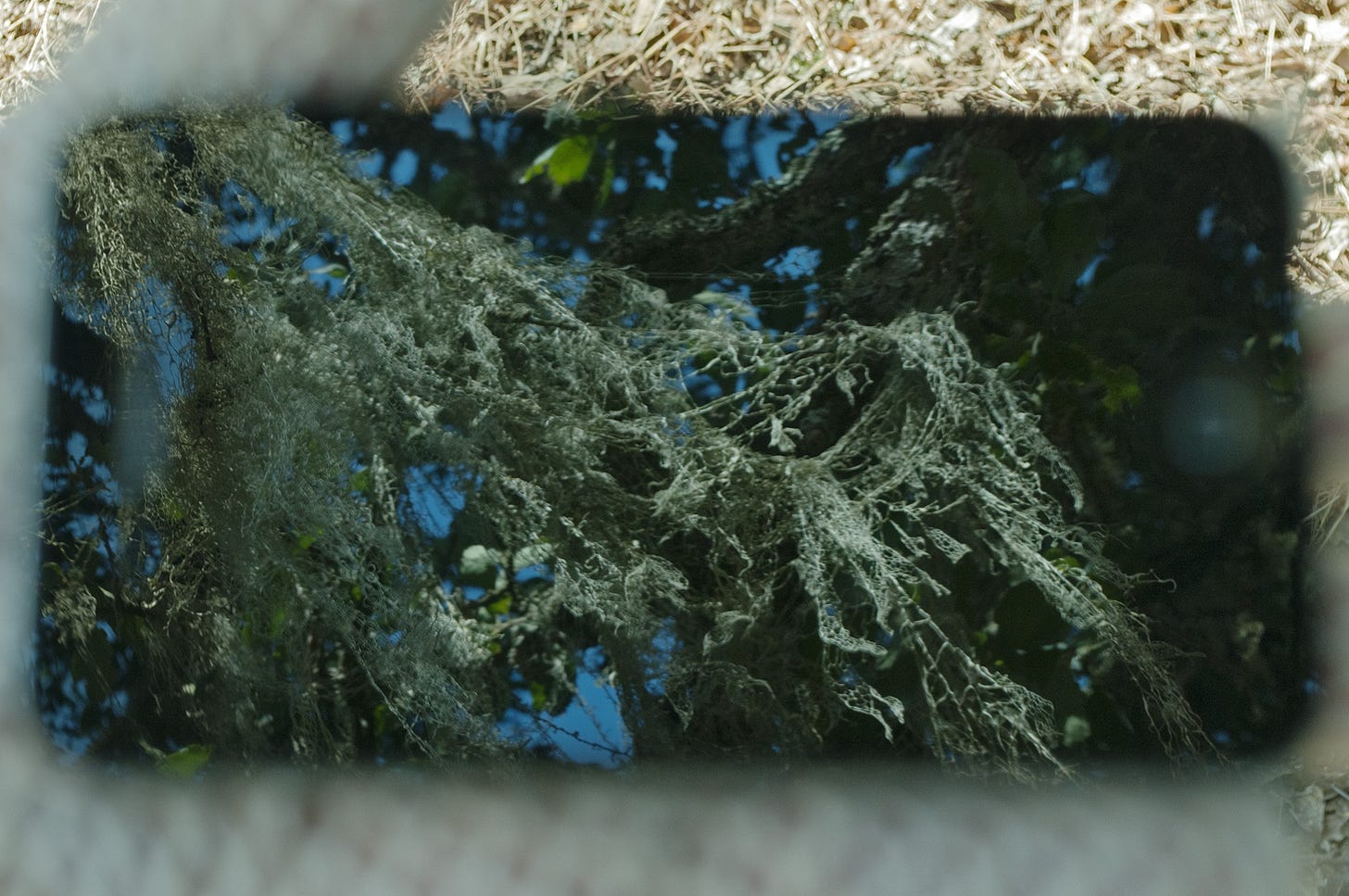
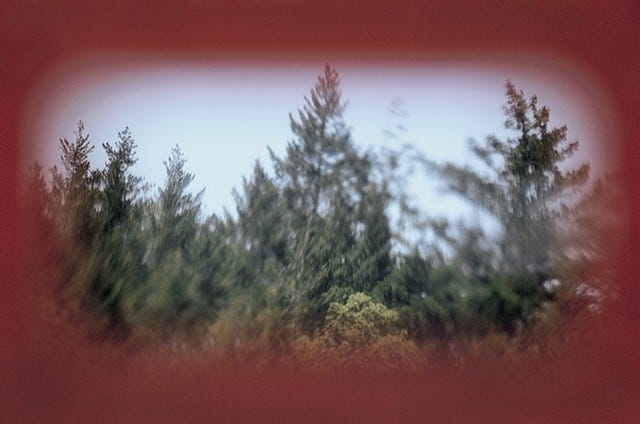
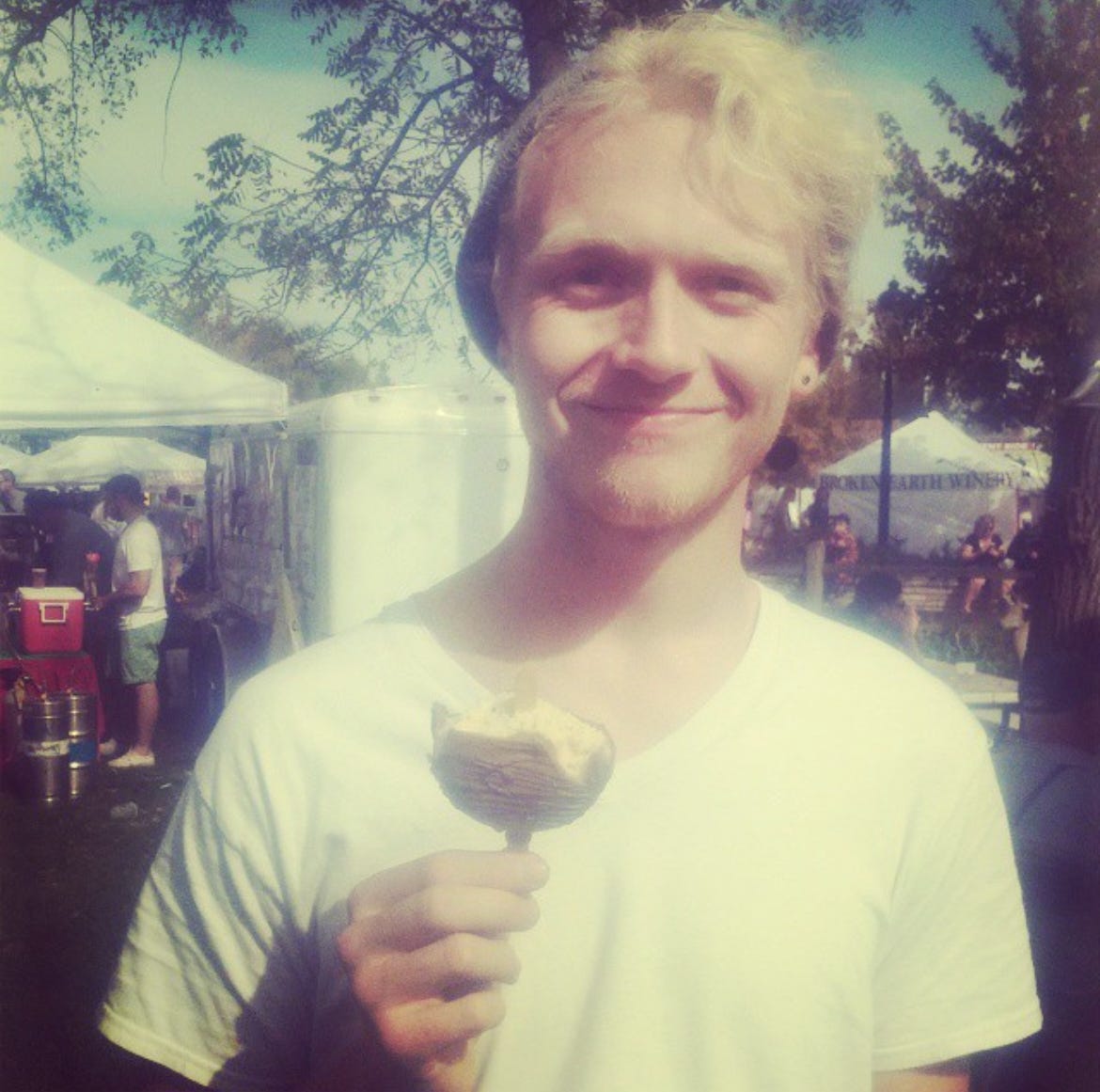
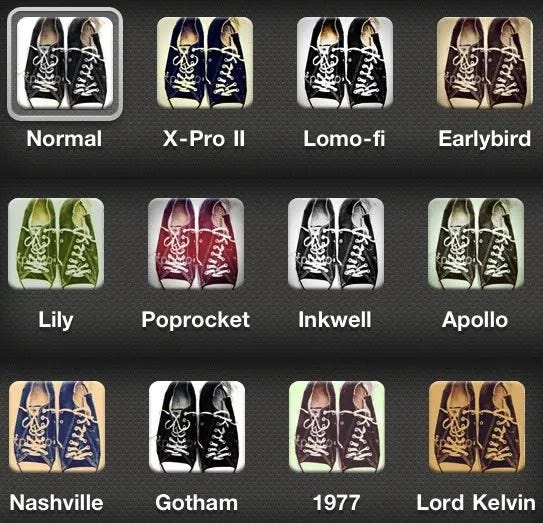
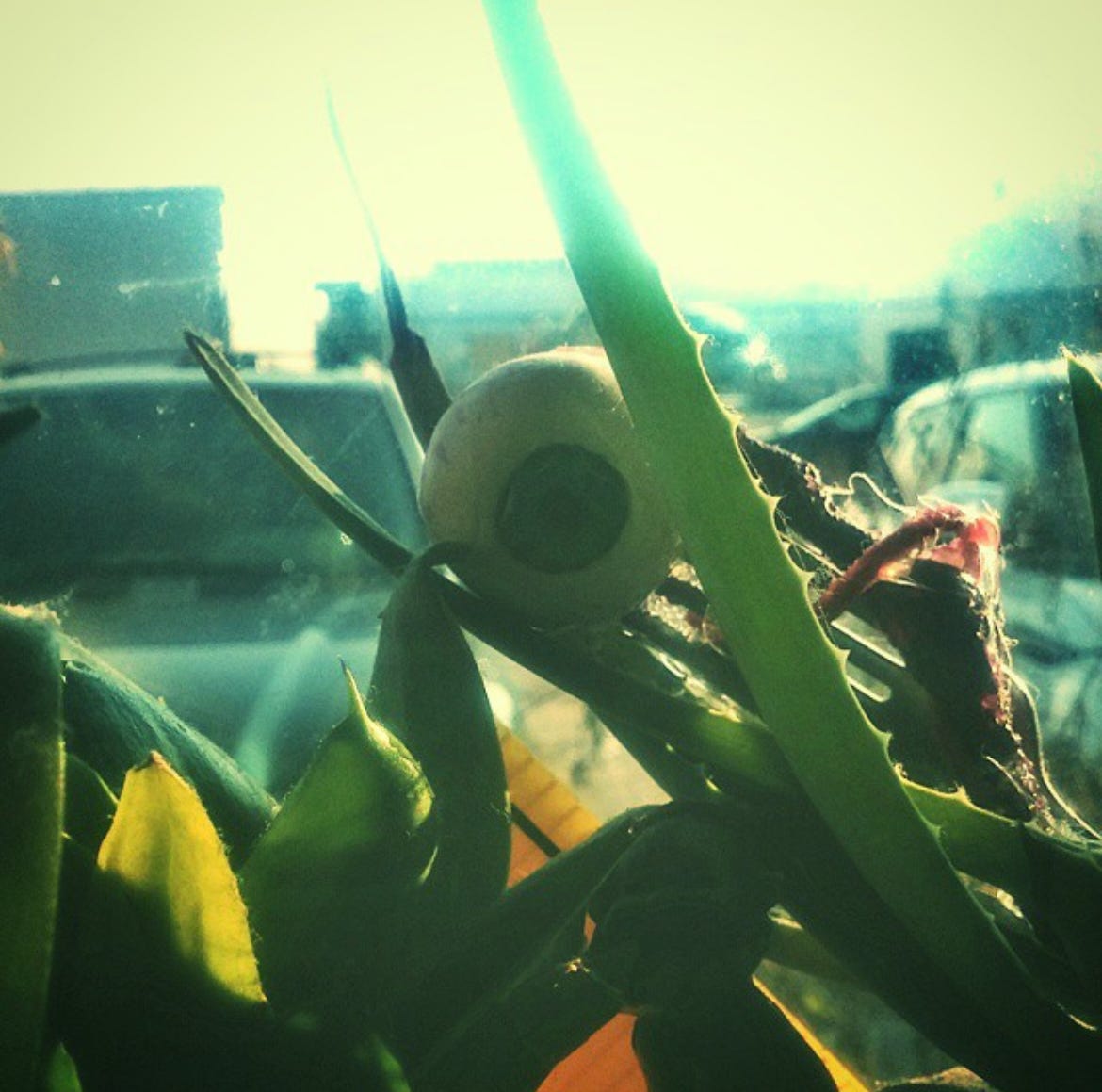
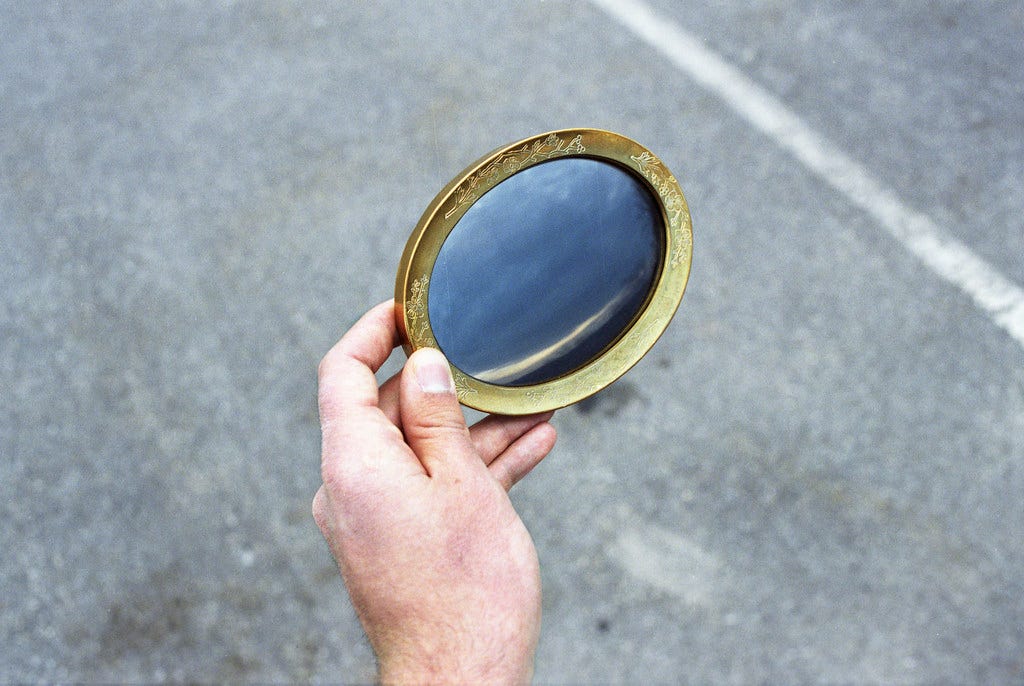
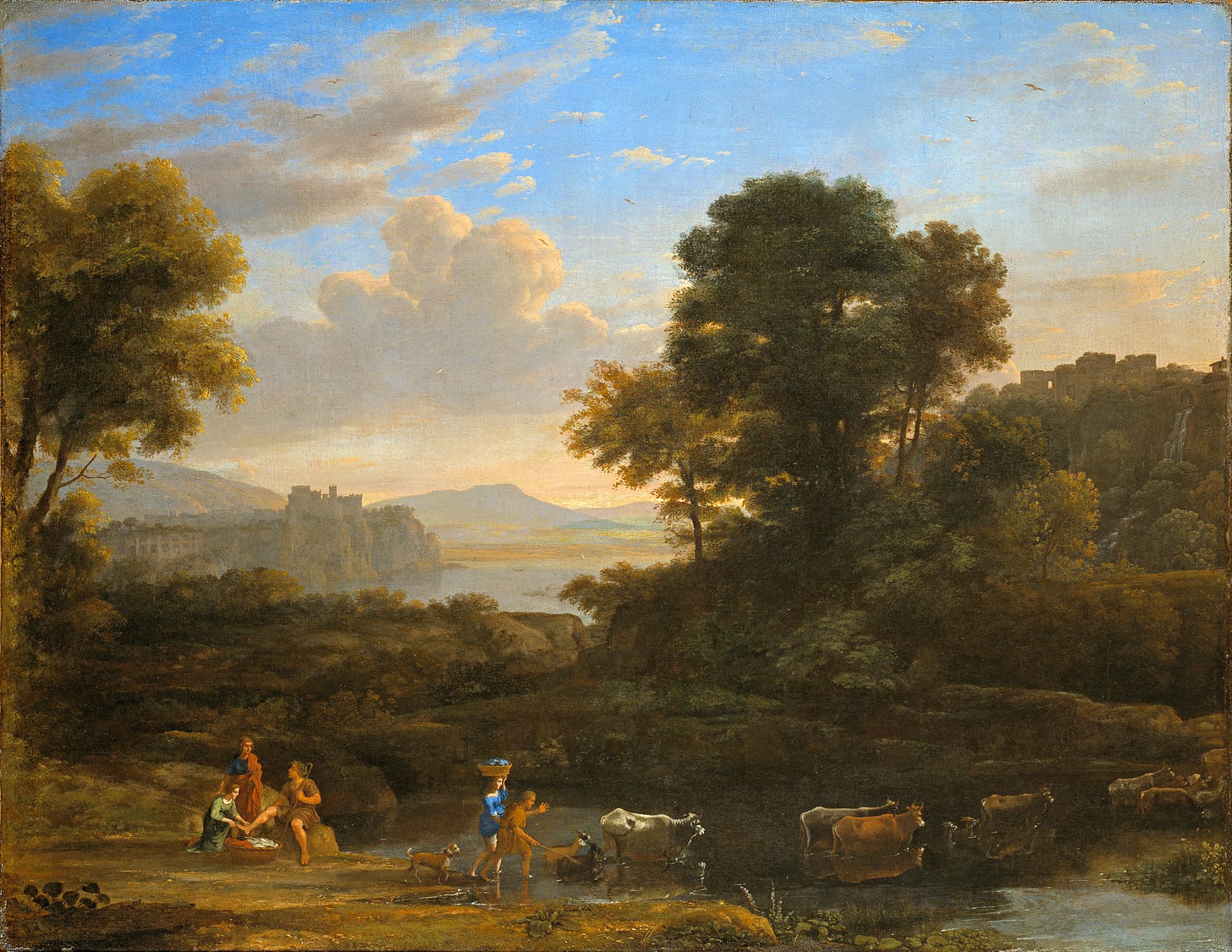

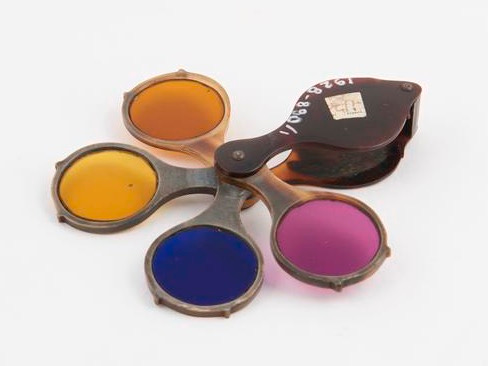
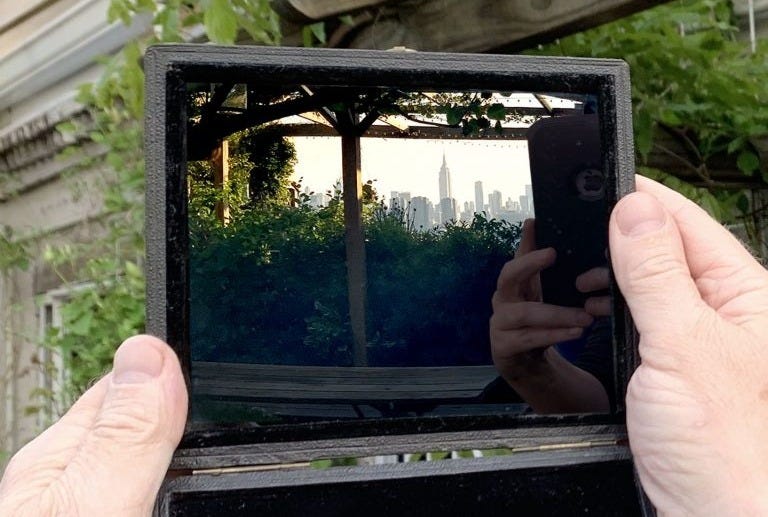
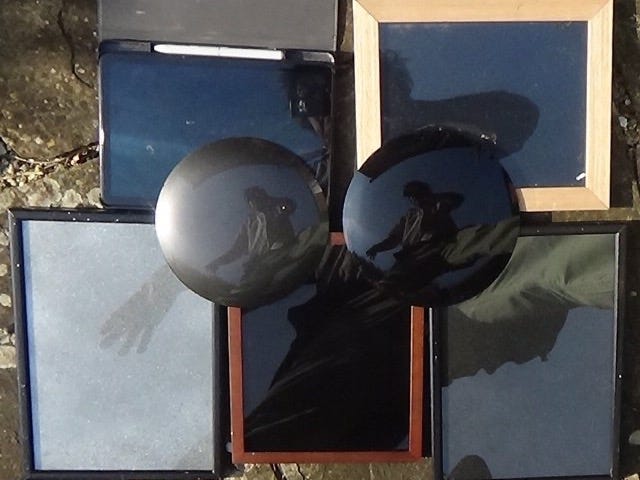
Of course you wait until the very last moment to finally reveal it was a bot 😂 I thought I was in for a “reader: I married him” moment.